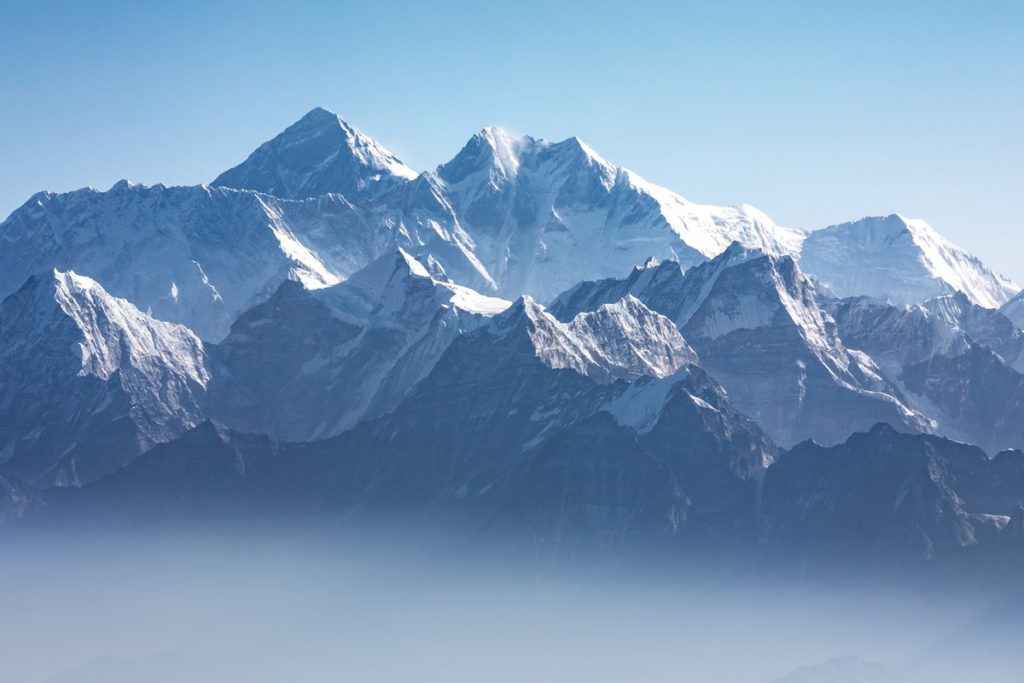KATHMANDU: In a significant move to boost adventure tourism, the Government of Nepal has announced the opening of 57 additional mountains for climbing. This decision, made during a Cabinet meeting on Monday, aims to capitalize on Nepal’s rich mountaineering heritage by promoting new peaks to both domestic and international climbers.
According to government spokesperson and Minister for Communication and Information Technology, Prithvi Subba Gurung, although Nepal is globally recognized as a land of mountains, many of its peaks had remained inaccessible for mountaineering. The newly opened peaks will be promoted and managed by the Ministry of Culture, Tourism, and Civil Aviation, with the Department of Tourism overseeing the process.
Previous Initiatives in Mountaineering Expansion
This latest decision builds on the government’s longstanding efforts to expand the country’s mountaineering sector. In previous years, Nepal had opened 419 mountains for climbing, including the world’s highest peak, Mount Everest, and all mountains over 8,000 meters. These initiatives have cemented Nepal’s status as a top destination for mountaineers and trekkers from around the world.
In June of this year, the Department of Tourism recommended that the Ministry open additional peaks, ranging from 6,000 to 6,500 meters in height. The latest approval includes peaks stretching from the eastern region of Taplejung to the far west, including Dolpa and Humla. These newly opened peaks will add to the diversity of climbing experiences available in Nepal, offering fresh challenges for climbers and contributing to the country’s goal of sustainable tourism development.
Economic and Tourism Benefits
The opening of these new peaks is expected to provide a substantial boost to Nepal’s economy, particularly as the tourism sector recovers from the effects of the global pandemic. Mountaineering is a key component of Nepal’s tourism industry, and with the addition of these new peaks, the government aims to attract a broader range of climbers, including experienced alpinists and adventure tourists looking for less-crowded destinations.
The influx of mountaineers is anticipated to generate income for local communities, particularly in remote regions where economic opportunities are limited. Adventure tourism, including trekking and mountaineering, brings essential revenue through guide services, accommodation, and permits, helping to uplift local economies and create jobs.
Supporting Sustainable Adventure Tourism
The Nepal government has placed a strong emphasis on managing these new mountaineering opportunities sustainably. With careful promotion and management by the Ministry of Culture, Tourism, and Civil Aviation, the initiative aligns with Nepal’s long-term strategy of balancing economic growth with environmental protection.
By expanding mountaineering activities to lesser-known regions such as Dolpa and Humla, the government also hopes to spread the benefits of tourism more evenly across the country. These regions have long struggled with underdevelopment but offer vast potential for adventure tourism.
The Future of Mountaineering in Nepal
Nepal’s decision to open 57 new mountains for climbing marks a significant chapter in the country’s mountaineering history. As the global demand for outdoor adventure grows, the country is positioning itself as a premier destination for mountaineers worldwide. With a focus on safety, environmental protection, and economic benefits, Nepal is poised to build on its mountaineering legacy while ensuring that future generations of climbers and adventurers continue to explore its breathtaking landscapes.
The government’s ongoing efforts to expand mountaineering opportunities, combined with the strategic promotion of lesser-known peaks, signal a promising future for Nepal’s adventure tourism sector. As the country continues to navigate post-pandemic recovery, the opening of these new peaks is a timely and forward-thinking move to enhance Nepal’s global tourism profile.

